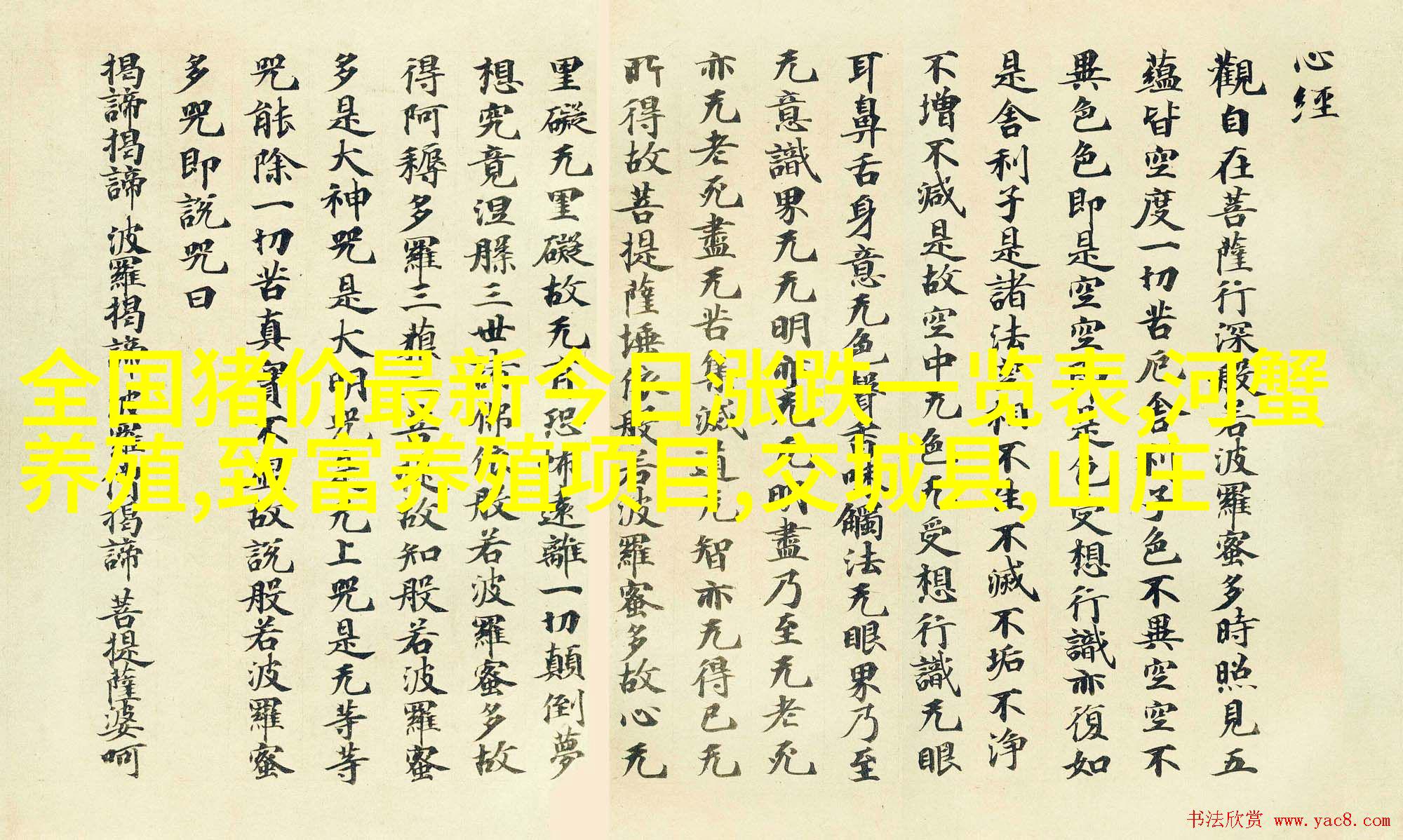Introduction to Industrial Pure Water edi Systems

Definition and Importance of Industrial Pure Water

Overview of the edi Process
Understanding the Need for High-Quality Industrial Pure Water
Impact on Equipment Performance and Efficiency
Effects on Product Quality and Safety Standards

Key Components of an Industrial Pure Water edi System

Reverse Osmosis (RO) Membranes

Activated Carbon Filters (ACFs)
Ion Exchange Resins (IXRs)
Selection Criteria for Choosing the Right Industrial Pure Water edi Device
Considerations Based on Application, Flow Rate, and Pressure Drop Requirements
Pre-Installation Preparation for an Effective Industrial Pure Wateredi System Setup
Site Assessment & Evaluation of Existing Infrastructure
Designing a Customized Solution Based on Client's Needs
Installation Procedures for Ensuring Optimal Performance in anIndustrialPureWaterediSystem
Proper Placement & Alignment of Devices within the Plant Layout
Integration with Existing Process Control Systems
Post-Implementation Testing Protocols to Validate Compliance with Regulations & Industry Standards
Conducting Routine Checks & Monitoring Parameters such as pH, TDS, Conductivity etc.
Calibration & Maintenance Schedules for All Critical Equipments Involved In The edisystem
8.Maintenance Best Practices To Ensure Long-Term Reliability Of AnIndustrialPureWaterediDevice
Performing Regular Filter Replacement Cycles And Cleaning Tasks
Upgrading Or Replacing Worn-out Parts On The edidevice Itself As Needed.
9.Case Studies Demonstrating Successful Implementation Of AnIndustrialPureWaterediSystem In Various Industries
Examples From Chemical Processing Plants To Pharmaceuticals And Beyond.
10.Conclusion: Emphasizing The Value Of Investing In A ReliableAndEfficientIndustrialPureWaterediSystem For Your Business Success




